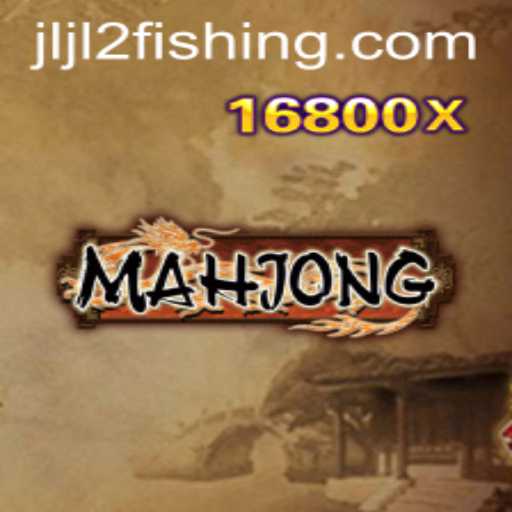Introduction to Mahjong
Mahjong is a traditional game with deep cultural roots and a significant impact on communities worldwide. Originating from China during the Qing dynasty, this strategic tile-based game has evolved over centuries, spreading to various parts of the globe and capturing the interest of millions. Mahjong is often associated with social gatherings and is known for its ability to bring together people of different ages and backgrounds.
The Basics of Mahjong
The game of Mahjong is typically played by four players, though variations exist that accommodate different numbers. At its core, the game involves a set of 144 tiles based on Chinese characters and symbols. These tiles are divided into several categories: suits, honors, and bonus tiles. The suits are similar to those found in playing cards and include Bamboos, Characters, and Dots.
Objective
The objective of the game is to collect sets of tiles, called melds, to form a complete hand, known as a Mahjong hand. A player wins the game by completing a hand with a legal combination of melds, drawing the final tile themselves or acquiring it from another player.
Rules of Mahjong
The Setup involves placing the 144 tiles face down in a rectangular fashion to form the 'wall.' Each player then builds their hand by taking turns drawing one tile at a time. The starting player is determined through a dice roll, and the turns proceed counter-clockwise.
The Structure of a Mahjong hand consists of four sets of tiles and a pair. The sets can be either "pungs" (three identical tiles), "chows" (a sequence of three consecutive tiles in the same suit), or "kongs" (four identical tiles).
Game Play begins with players drawing a tile from the wall to enhance their potential for a winning hand while discarding one tile that seems least useful. Discards are placed openly in front of the player for others to see. Players can "claim" these discarded tiles to complete one of their sets, but strategic decisions must be made as declaring a set reveals part of the player's strategy.
Mahjong in Contemporary Context
Despite its traditional roots, Mahjong continues to adapt and sustain relevance in contemporary cultures, especially with the advent of digital platforms. The game's digital transformation has further fueled its popularity, with online Mahjong providing accessibility to a wider audience. Gaming companies regularly report that Mahjong apps and online platforms experience significant user engagement, as players enjoy competing globally from home environments.
Mahjong's cultural significance was highlighted in a 2023 current event where it was featured in an international tournament attracting attention from both state media and private enterprises. This event marked a milestone in the game's history as it was live-streamed for the first time, allowing enthusiasts worldwide to experience the thrill of competitive play.
Learning Mahjong
Resources for learning Mahjong have flourished online, with communities offering tutorials, strategy guides, and forums for discussion. This accessibility has made it easier for newcomers to adopt the game and connect with experienced players. Mahjong clubs and online match-ups often feature seasoned players willing to teach novices, promoting intergenerational interaction and support.
Conclusion
The allure of Mahjong lies in its deep strategic elements wedded to chance, making it a fascinating mixture of skill and luck. The traditional allure combined with modern digital integration ensures Mahjong’s persistence across generations. As it continues to be featured in contemporary events and advances into the digital realm, the game of Mahjong holds an enduring appeal, promising to captivate future generations.
Explore more







